You heard some rumors about rutabaga leaves and their benefit, but are they true?
Can you eat rutabaga leaves safely without side effects?
Rutabaga is really wonderful vegetable, but not many know much about its greens. Here we’ll tell you all about them, so you can experiment and enrich your everyday diet.
IN THIS ARTICLE:
What Is a Rutabaga?
Rutabaga is a sweet, nutrient-rich root vegetable. European readers call it swede, Sweden turnip, yellow turnip or winter turnip. It is a popular belief that rutabaga originates in Scandinavia or Russia.
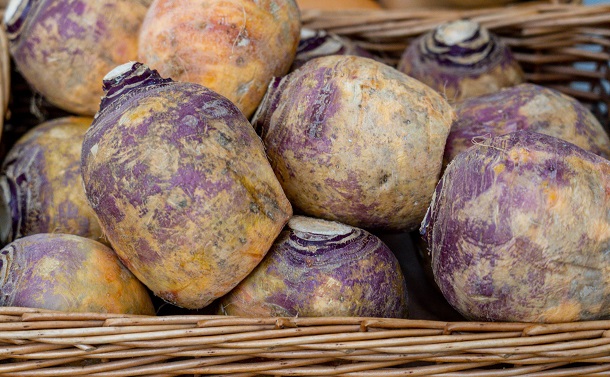

It is grown primarily for its edible root. Also, rutabaga grows early in spring and can be harvested in the summer. It requires moist soil for growth. Harvesting leaves can be done when greens are about 10 inches tall.
Fun Facts About Rutabaga
- After both World Wars, many people relied on rutabaga, often only fresh. Some eat it for breakfast, lunch and dinner, so their skin becomes a bit yellowish.
- There is an annual Rutabaga Curl where people compete who will hurl their roots the farthest. 😀
Rutabaga Nutrition
It has only 66 calories per cup, so rutabaga is awesome low-cal snack or side. Of course, if you add butter or salt, the calorie amount will increase. So, be careful about the ingredients you want to add. Let’s check its nutrition value detailed.


Medium-sized rutabaga (386 grams) contains:
- Calories – 143
- Carbohydrates – 33.3g
- Protein – 4.2g
- Fat – 0.6g
- Fiber – 8.8g
- Calcium – 166mg
- Magnesium – 77.2mg
- Potassium – 1180mg
- Vitamin C – 96.5mg
- Vitamin E – 1.2mg
According to that, rutabaga is a great source of antioxidants, vitamins, minerals and fiber. These nutrients will improve your overall health and enrich your daily intake.
Rutabagas vs. Turnips
Many people can’t tell the difference between these two vegetables. Rutabaga is a hybrid of wild cabbage and turnip. Actually, when you look better, rutabaga looks like an ugly turnip. Whilst rutabaga is a large, more yellowish plant that grows only in cold areas, turnip is a bit smaller, has a reddish tingle and can grow in different climates.
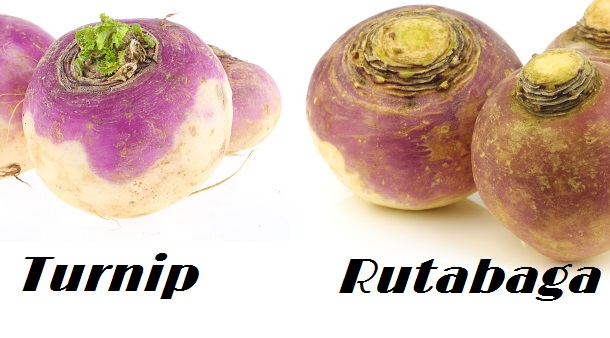

These are the differences between these two plants and here are some common things. Both turnips and rutabagas have a slightly bitter taste, but when you eat raw rutabagas, they are sweeter and milder than turnips.
Are The Leaves Of The Rutabaga Plant Edible?
The moment of truth. Yes, they are! They are edible just like other leafy vegetables. The rutabaga leaves can be eaten fresh or cooked.
The rutabaga leaves grow from a stout swollen stem, close to the ground. They form the crown of the rutabaga plant. These leaves are thick smooth, a bit waxy, lobed-shaped and have some kind of bluish hue.
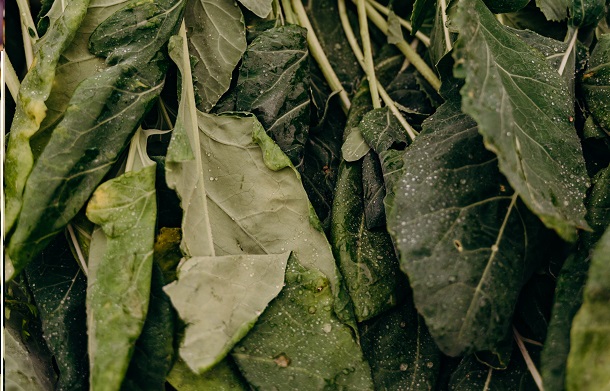

When buying rutabaga for its leaves, pick one with fresh and vibrant leaves. They will have the best taste.
What Do They Taste Like?
Rutabaga greens have a mustardy, peppery punch to them with a bit of bitter aftertaste. There is a little warning for people who don’t prefer cabbage vegetables. These leaves have a strong aftertaste that is a bit too much for some people.
Health Benefits of Rutabaga Leaves
There are plenty of reasons why you should incorporate this root vegetable into your diet. Check out some of them:
- High in antioxidants – Rutabaga neutralizes free radicals – harmful compounds that damage cells. They help maintain a healthy cell membrane.
- Prevent premature aging – Vitamin C protects our skin from ultraviolet light and pollution. It is important for the synthesis of collagen
- Supports bowel health – Because this vegetable is a great source of fiber, it helps promote regularity and adds bulk to stool. Fiber-rich food plays an important role in high cholesterol, hemorrhoids, diabetes, gastrointestinal disease, etc.
- Helps with weight loss – As we mentioned above, because of its high fiber content, the rutabaga will keep you feeling full – which can prevent overeating.
- Great for heart health – It’s rich in potassium, which is important for good nerve signaling and muscle contraction. A diet rich in cruciferous vegetables can reduce the incidence of cardiovascular disease
Health Risks of Rutabaga
Like any other fruit, vegetables, and food in general, it should be eaten in moderation. People who struggle with irritable bowel syndrome or allergies to cruciferous vegetables should contact their doctor before consuming this vegetable.
Make sure about rutabaga daily intake whether you are 100% healthy or have some health issues.
How To Prepare Rutabaga Greens?
Cooking
Treat the rutabaga greens just like kale leaves – so, you should marinate them in something acidic, then you can eat them raw. But many people prefer them cooked. When cook leaves, you should add water, because they don’t release water (like spinach does).
Once cooked, rutabaga greens become less bitter, more tender and a little bit sweet. If you don’t boil or braise leaves, they will be too tough. So, you should chop them and boil them until they soften. They have a fibrous texture, similar to asparagus.
The stems are too fibrous, so you should remove them and use leaves only. You can’t properly use stems in anything.
Make a Salad
The best way to eat these leaves raw is by making a delicious salad. Clean the leaves with water, cut them into pieces, and add them with other salad ingredients. That’s it – your salad is ready to eat.
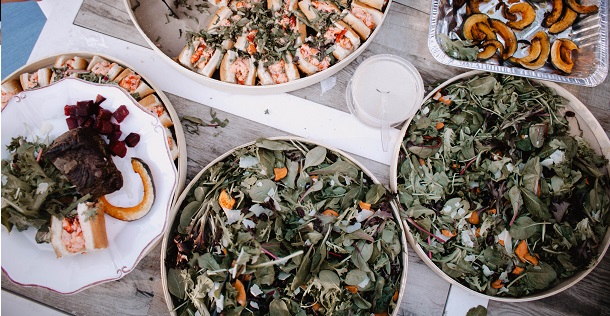

How To Preserving Leaves?
You can eat rutabaga leaves throughout the growing season.
If you want to store them, then blanch and freeze the leaves. You just need to drop the greens into a pot of boiling water for about 30 seconds. Then scoop them out and plunge them into ice water.
After that, squeeze out the moisture and freeze. Store your leaves in an airtight container.
To Wrap It Up
Also known as Swedish turnip, rutabaga and its leaves are loaded with nutrients that will promote good health. It is easy to add these greens to your diet and experiment with them. Give them a try!

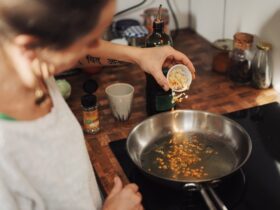

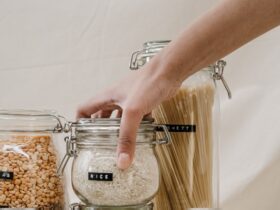
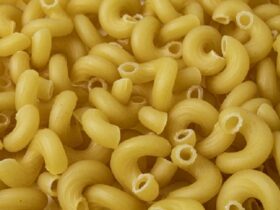
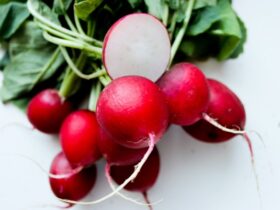


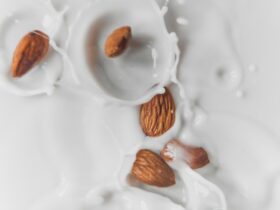


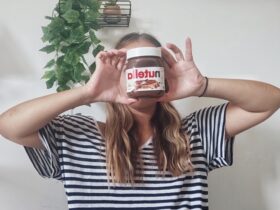
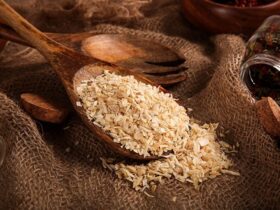
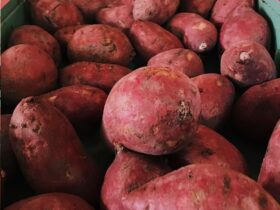
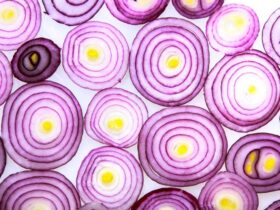
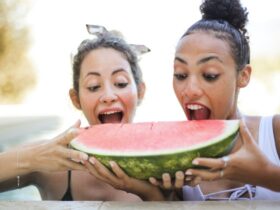
Leave a Reply